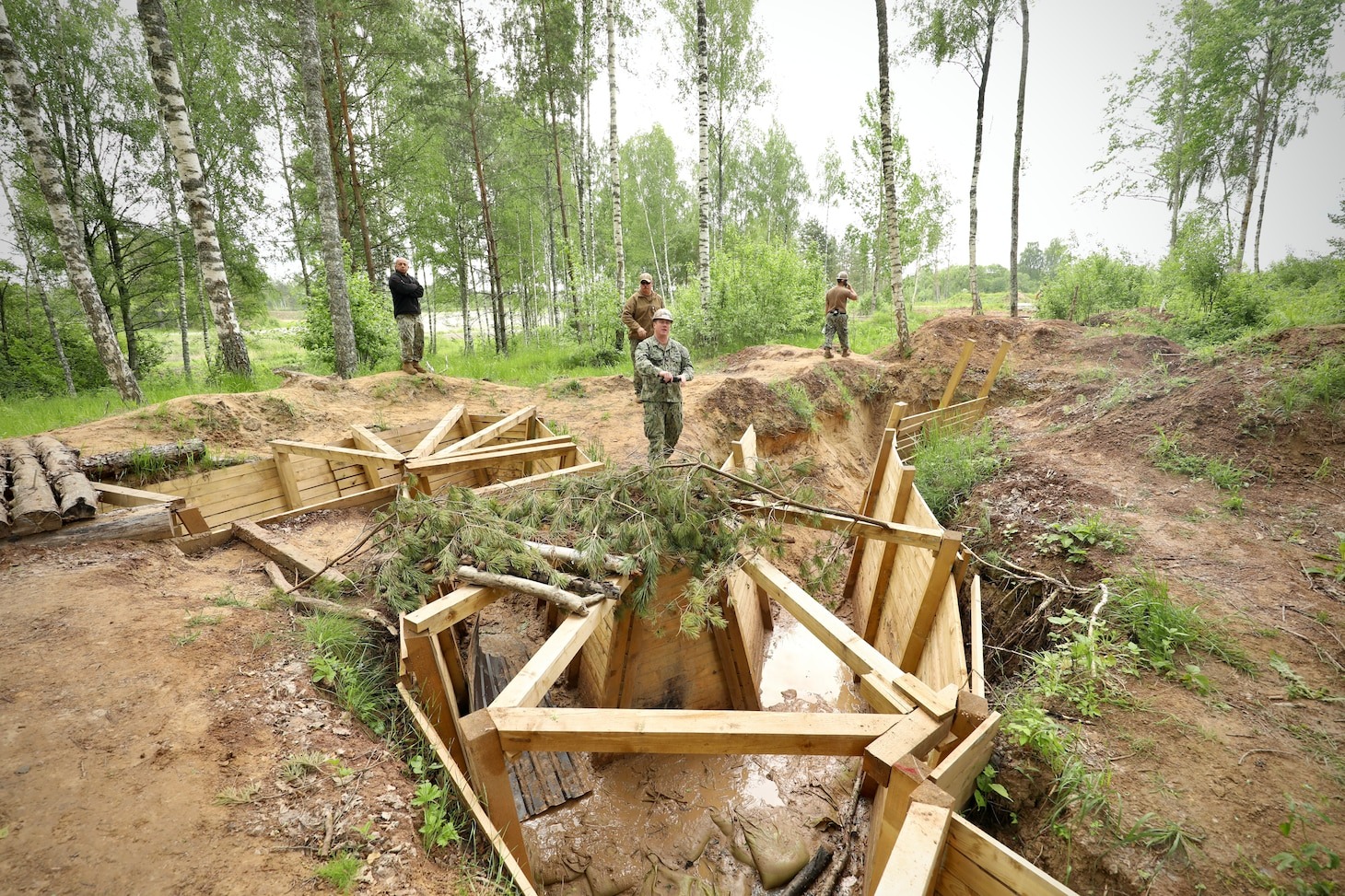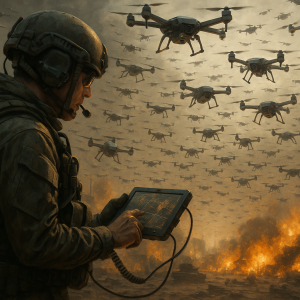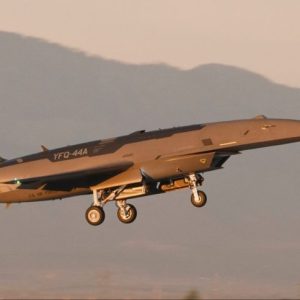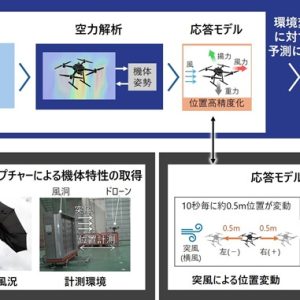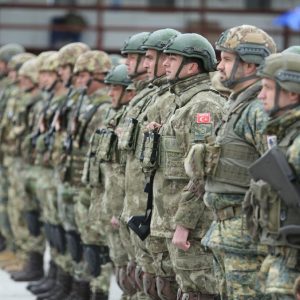Combat Engineering Evolves to Face Aerial Surveillance and Precision Strikes
In the era of drone warfare and precision-guided munitions, the once-static field of combat engineering is undergoing a major transformation. Gone are the days when dug-in trenches and camouflage nets could reliably shield troops from detection. Today’s threats come from above—unmanned aerial vehicles (UAVs), loitering munitions, and high-resolution satellite imagery—necessitating a new generation of battlefield fortifications.
At the heart of this evolution is a blend of traditional engineering tactics and modern electronic warfare techniques. Commanders now rely on hardened shelters, decoys, subterranean infrastructure, and electromagnetic signature management to protect personnel and equipment from the all-seeing eye of drones.
Reinforcing the Trenches: Hardening Against Modern Threats
In conflict zones like Ukraine, where the drone threat is omnipresent, combat engineers are designing fortifications capable of withstanding persistent aerial observation and high-explosive payloads. Concrete-reinforced dugouts, buried containers, and modular bunkers offer significantly greater protection than older trench designs.
What’s more, these structures are being deliberately spaced to avoid single-point vulnerabilities, and integrated with camouflage that includes thermal masking, multi-spectral nets, and even decoy installations to mislead adversaries relying on automated target recognition systems.
“What worked in World War I trenches does not hold up against commercial quadcopters armed with high-explosive grenades,” notes a U.S. Marine Corps engineer familiar with recent exercises.
Electronic Camouflage and Signature Denial
Combat engineers today must also contend with electromagnetic warfare. The rise of drone swarms that home in on GPS signals or radio emissions means units must operate with near-radio silence or employ low-probability-of-intercept communications.
To that end, some modern bunkers are equipped with electromagnetic shielding, WiFi signal jammers, or decoy emissions systems that simulate fake targets. Such tools fall under the larger strategy of signature management—the effort to obscure, mask, or fake detectable signatures like heat, radio, or sound.
Doctrine and Training: Shaping the Combat Engineer of the Future
NATO member states, including the U.S. and Türkiye, are now updating their military engineering doctrines to reflect these new realities. Training includes not only structural hardening and field fortification but also digital deception, drone countermeasures, and rapid mobility under ISR (intelligence, surveillance, reconnaissance) conditions.
Notably, Türkiye’s evolving doctrine—shaped in part by lessons from operations in Syria and Azerbaijan—emphasizes indigenous solutions such as mobile trench-laying equipment and AI-based drone tracking systems. SAHA İstanbul member companies are actively involved in developing next-generation protection systems for field deployments.
Read more about Türkiye’s combat drone strategy and AI warfare integration.
The Future of the Fortified Battlefield
As the battlefield becomes increasingly network-centric and autonomous, the role of combat engineering is no longer just about digging trenches. It is about integrating physical and digital infrastructure into a seamless defensive web—one that can deceive, absorb, and endure under relentless surveillance.
Learn more about NATO’s doctrine on military engineering and fortification principles.
Militaries must now consider fortifications not as static lines but as adaptive, smart ecosystems—able to evolve in real-time with the threat. Whether through camouflaged drones that scout for engineer units or AI that predicts blast patterns, the combat engineer’s toolkit is becoming as high-tech as the threats it faces.

